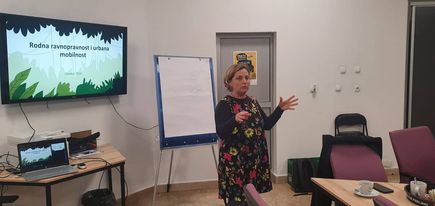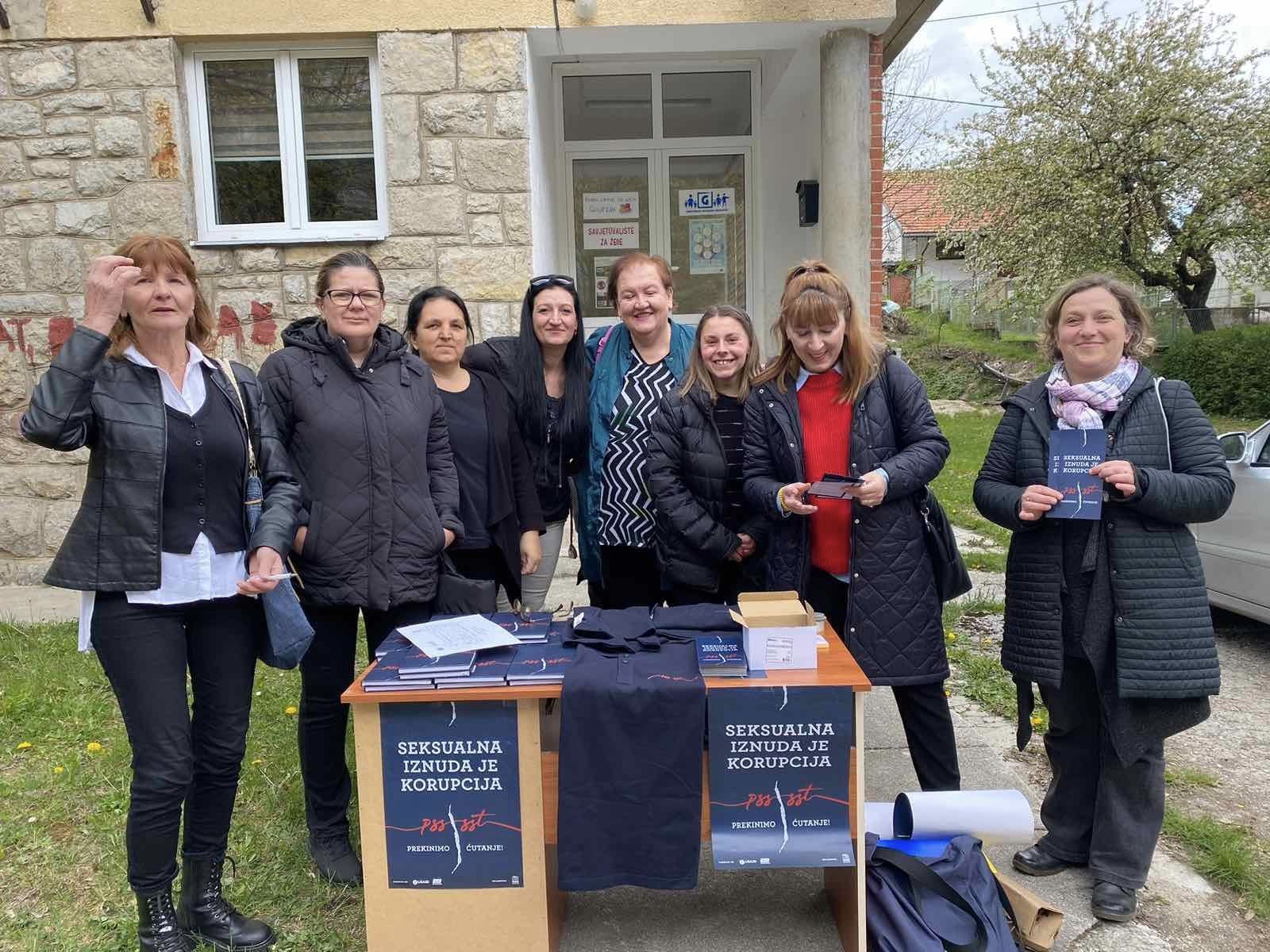Sustainable urban mobility, which, among other things, implies reducing the use of motor vehicles, improving the public transport system and giving priority to alternative and ecologically justified means of transport, is still a mental noun for Bosnia and Herzegovina.
For example, the total capacity of public parking lots for cars in Banja Luka is 4,826 spaces, compared to 279 spaces for functional bicycle parking. More picturesquely, public parking lots in Banja Luka occupy the area of 14 city stadiums or 4 Kastel fortresses.
The length of bicycle paths in Banja Luka is 31 km, of which only 15 km are usable. For the sake of comparison, the length of bicycle paths in Novi Sad is 100 km, in Ljubljana 300 km, and in Vienna even 1400 km.
These are just some of the data presented by Dragan Kabić, coordinator of the Transport program in CzzS, yesterday, at a workshop with journalists organized by the Helsinki Citizens’ Assembly and the Center for Environment.
By presenting research on the different needs and mobility patterns of women and men in the EU and the world, Dragana Dardić pointed out that the plans and policies of urban planning and urban mobility in Bosnia and Herzegovina are not led by gender-disaggregated data or research on the needs of women and men, which ultimately leads to the point that we live in unsafe and polluted cities that do not recognize the impacts of climate change or follow the guidelines of the Green Agenda for the Balkans.
The workshop is part of the project “Profiling Journalists for Reporting on Environmental Topics” supported by Journalismfund.eu.





